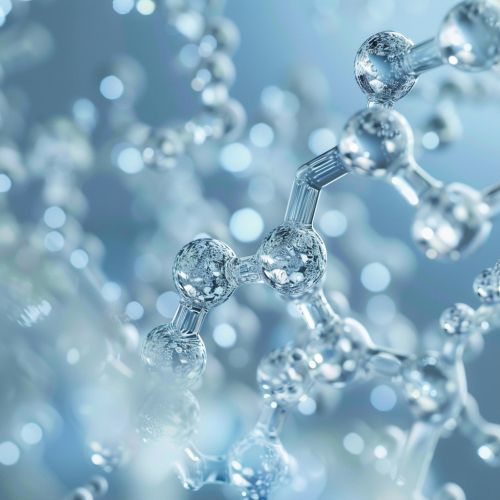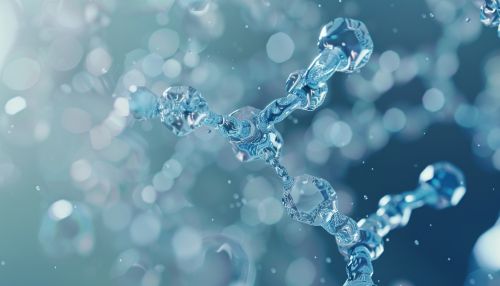Argininosuccinate lyase
Introduction
Argininosuccinate lyase (ASL) is a crucial enzyme involved in the urea cycle, a series of biochemical reactions in mammals that detoxify ammonia by converting it into urea. ASL catalyzes the breakdown of argininosuccinate into arginine and fumarate, a step that is essential for the completion of the urea cycle.


Structure
ASL is a tetrameric enzyme, meaning it is composed of four identical subunits. Each subunit consists of two domains: the N-terminal domain, which is involved in the binding of argininosuccinate, and the C-terminal domain, which is responsible for the catalytic activity of the enzyme. The active site of the enzyme, where the breakdown of argininosuccinate occurs, is located at the interface between the two domains.
Function
The primary function of ASL is to catalyze the fourth step of the urea cycle. This involves the cleavage of argininosuccinate to produce arginine and fumarate. The arginine is used in the final step of the urea cycle to produce urea and ornithine, while the fumarate is transported into the citric acid cycle where it is converted into malate.
Clinical Significance
Mutations in the ASL gene can lead to a deficiency in the enzyme, a condition known as argininosuccinic aciduria. This is a rare autosomal recessive disorder that results in an accumulation of argininosuccinate in the body, leading to hyperammonemia (excess ammonia in the blood). Symptoms can include developmental delay, seizures, and liver disease. Treatment typically involves dietary restriction of protein and supplementation with arginine.
Research
Research into ASL has revealed much about its structure and function, and has also led to the development of potential therapies for argininosuccinic aciduria. Recent studies have focused on the use of gene therapy to replace the defective ASL gene, as well as the development of small molecule therapies that can enhance the activity of the enzyme.
